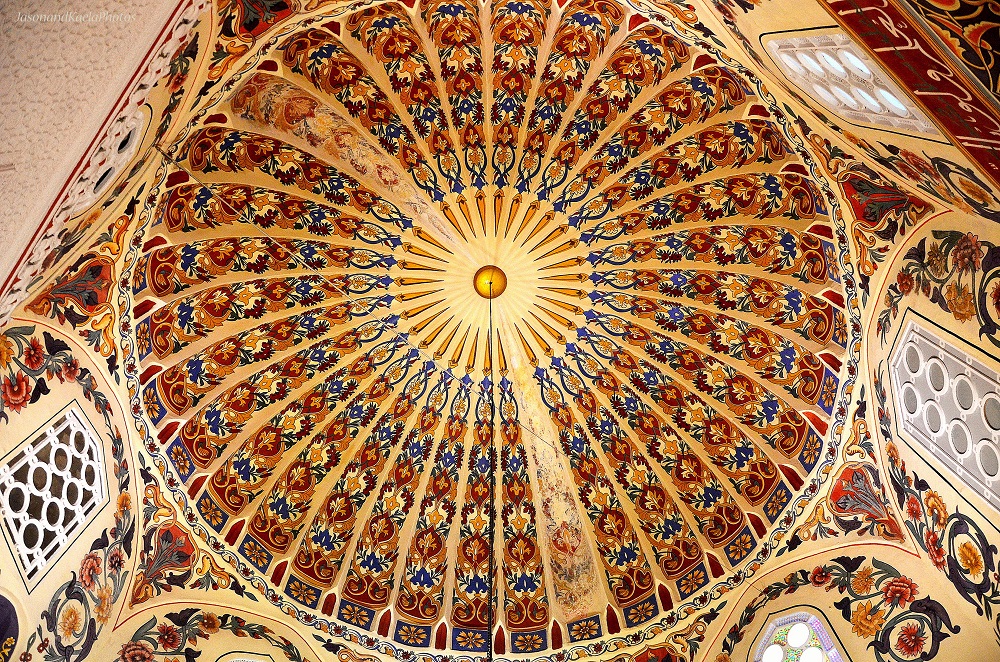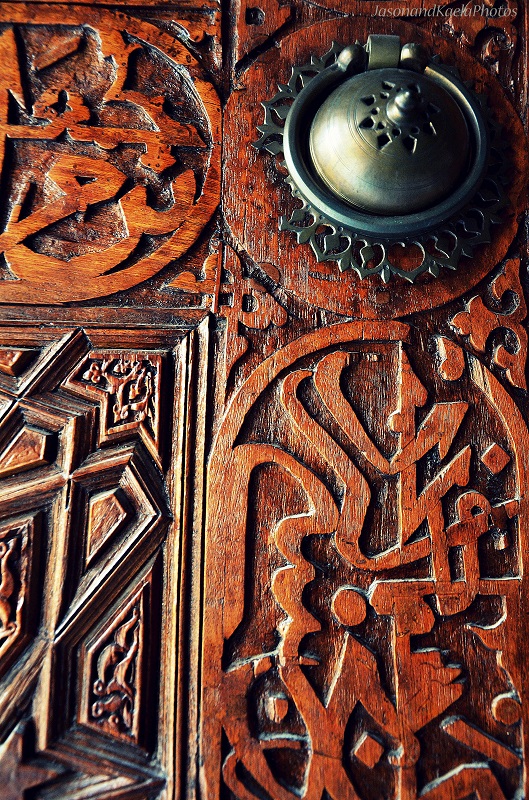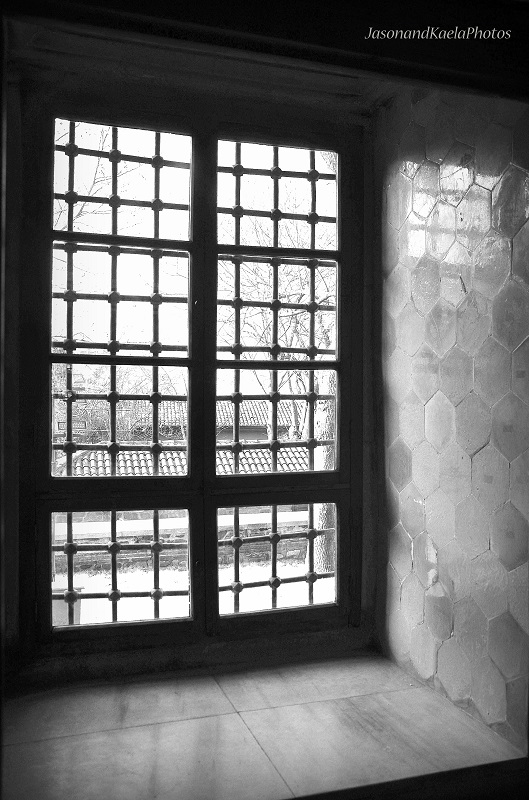Bursa is a rich cultural and historical center revealing centuries of Ottoman history and Islamic heritage. These are evident in the city’s architecture, historical sites, and enduring ways of life. All of this makes Bursa somewhat of a living museum and a fantastic place to spend a few days exploring culture and snapping photos.
Here are a few favorite photos from our couple days wandering the streets of Bursa. These images reflect important aspects of Bursa’s culture and history.
Photos Copyright © Jason and Kaela La Farge. Published here with permission. Please visit jasonandkaelaphotos.weebly.com.
Ulu Cami’i (Grand Mosque) is seen from the old citadel wall. The citadel dates back to the Byzantine era, while Ulu Cami’i was built in 1399, roughly 75 years after the Ottoman conquest of Bursa.

Yer Kapı (Place Gate) leads out of the citadel. A few of the citadel gates, including Yer Kapı, have been reconstructed in recent years.
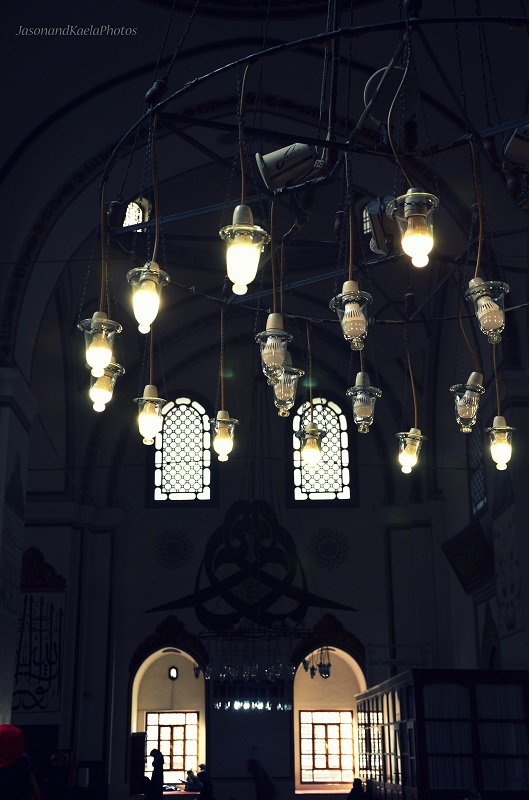
The interior of Ulu Cami’i (Grand Mosque) is grand and ornate with its low-hanging chandeliers and flowing calligraphy.
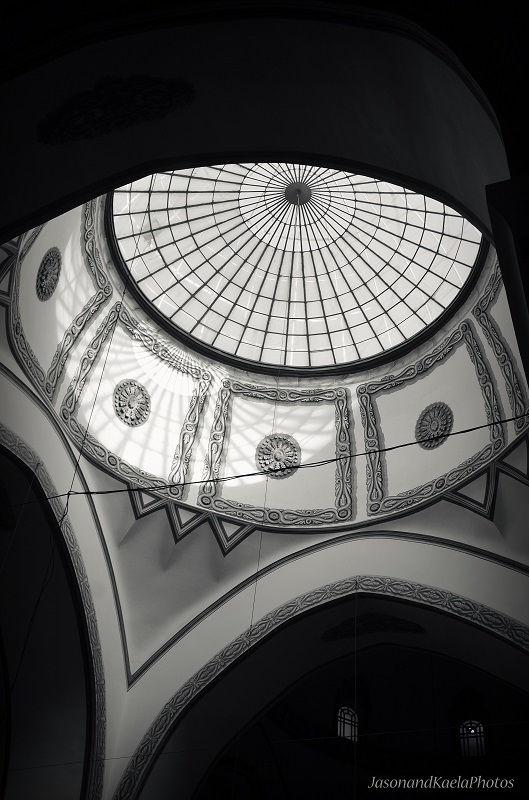
Ulu Cami’i (Grand Mosque) was built according to Seljuk architectural principles and consists of 20 domes. This dome arches over the mosque’s ablution fountain.

Whirling dervishes perform their ritualistic dancing at Bursa’s Karabaş-i Veli Culture Center. Dervishes trace their heritage back to the famous mystic poet and scholar, Rumi.
Dervishes worship through dance, which consists whirling in a counterclockwise direction for an extended period of time. A dervish can perform this dance for hours.
The domes in Bursa’s Yeşil Cami’i (Green Mosque) are intricately decorated. Yeşil Cami’i was built in 1421 under the guidance of Sultan Mehmet I.
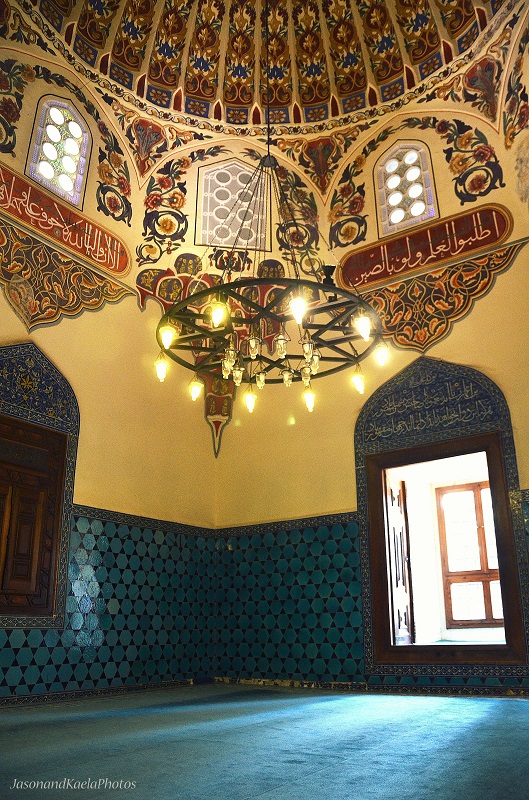
An ornate side room in Yeşil Cami’i (Green Mosque). The mosque is known for its intricate blue-green tile work.

